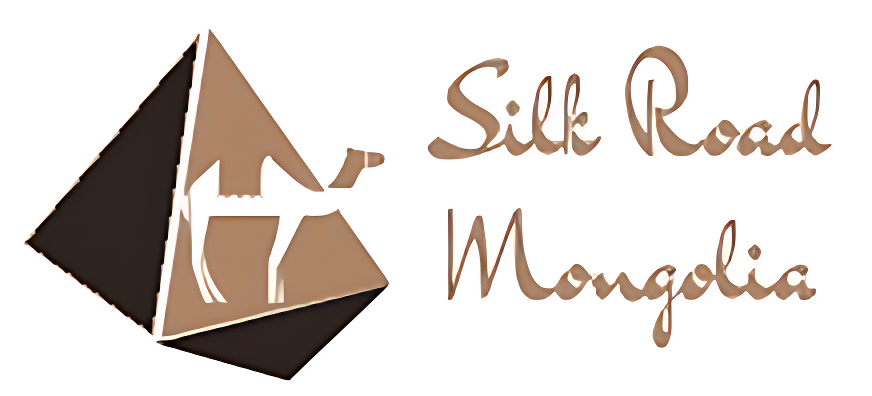Blog
Is Learning Mongolian Language Difficult & Hard?
The Mongolian language is the official language of the country of Mongolia and also the People’s Republic of China. You might think that Mongolian is quite difficult to learn because it’s absolutely different from world-wide spread languages such as English, Spanish or Chinese. That’s not wrong. Yes, it sounds more likely Russian, probably due to the same alphabet they use. And its grammar structure is similar to Russian, Korean and Japanese.
Even though, it is written in Cyrillic, that is not even a minor challenge. And however, it is spoken by very few people in the world, but when you’re in Mongolia or among Mongolians, it is never difficult to find people willing to speak with you in their native language.
Why is Mongolian difficult to learn?
But, the main reason which makes Mongolian tough to learn is most importantly, there are not many accessible resources and incentives to learn Mongolian for foreign speakers, while the world is full of free resources and incentives to learn.
Otherwise, it is not a very hard language to learn.
The Mongolian language sounds a little bit harmonious because it uses vowel harmony. It means that the vowels in a word or sentence can affect each other, in terms of what is allowed to be used. For example, if an “o” sound is used, then only complementary vowel sounds will make up the rest of the word or sentence. However, with an influx of modern English words and Mandarin Chinese slang words, this rule cannot always be observed.
Also Mongolian can be quite challenging because it too operates with numerous cases. Eight cases are used and distinguished by suffixes. Changes to these suffixes can change the meaning of entire sentences.
As I mentioned before that Mongolian has vowel harmony and a complex syllabic structure that allows clusters of up to three consonants syllable-finally. It is a typical language that relies on suffix chains in the verbal and nominal domains. While there is a basic word order, subject–object–predicate, ordering among noun phrases is relatively free, so grammatical roles are indicated by a system of about eight grammatical cases.
Roughly speaking, Mongolian has eight cases: nominative (unmarked), genitive, dative, accusative, ablative, instrumental, comitative and directional. If a direct object is definite, it must take the accusative, while it must take the nominative if it is unspecific. In addition to case, a number of post-positions exist that usually govern genitive, ablative, or comitative case or a form of the nominative that has sometimes -Vn either for lexical historical reasons or analogy (thus maybe becoming an attributive case suffix).
Nouns can take reflexive-possessive clitics indicating that the marked noun is possessed by the subject of the sentence: bi najz(-)aa avarsan I friend-reflexive-possessive save-perfect ‘I saved my friend’.[60] However, there are also somewhat noun-like adjectives to which case suffixes seemingly cannot be attached directly unless there is an ellipsis. Plurality may be left unmarked, but there are overt plurality markers, some of which are restricted to humans. A noun that is modified by a numeral usually does not take any plural affix.
But don’t worry that you can’t learn it! There are, but understandable information and even digital learning book on the internet. Learning a foreign language with a totally different structure and dialect from your native language is just a common issue that happens to everyone when learning any language.
So how to learn Mongolian easily?
- Take the time to learn Cyrillic. …
- Use authentic media. …
- Learn common words first. …
- Learn words that tie to your native language or are the same across languages. …
- Immerse yourself in Mongolian, at home or abroad. …
- Practice your skills daily. …
- Find a native speaker to interact with. …
- Use a targeted program.
Also see these well-explained tips:
1. You should practice writing and speaking Mongolian. Even if you are only speaking to yourself. It will help it to stay in your memory.
2. After you have done a lesson, review it that night. If you review something on the same day, you are more likely to remember it. Particularly if you do it before you go to sleep.
3. Through-out the day, when you say something in your native language, try to think how you would say it in Mongolian.
4. Try printing out lessons and putting them in places where you will see them, for example in the toilet, in the shower (where it won’t get wet), or at your desk at work.
5. Keep your lesson notes with you. Review them whenever you are bored or waiting for something. For example on a train, or in someone’s car. You could even try making small flash-cards with a Mongolian word on one side, and the English or in your native language on the other. Keep them in your pocket, and test yourself on a few words whenever you get the chance.
6. It is important to learn a word or phrase from ‘Mongolian to English’ as well as ‘English to Mongolian’. That way you will remember how to say it, not just recognize it when you hear it.
7. Most importantly, when you get the chance: Practice! Never be afraid to make mistakes. Everyone does! The people who make the most mistakes learn the most. Always try to explain what you want, even if it takes time. Even seek out Mongolians who can’t speak English and try to speak to them. You may not have the chance to practice at home, so if you travel to Mongolia practice as much as you can.
8. Join the online forums section and practice your writing and vocabulary in Mongolian. To learn Mongolian you must practice. In particular, you must practice writing and speaking, so that you learn to express yourself. Otherwise only your reading will improve. You must write and speak!
